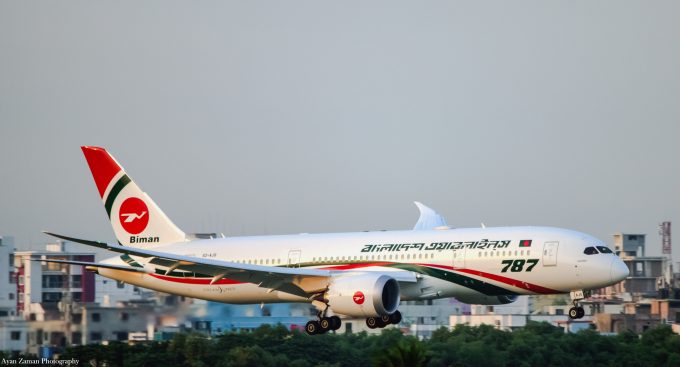12-vessel deal sets up Bangladesh Shipping for relaunch into box sector
Bangladesh Shipping Corp(BSC) is set to buy 12 containerships, ranging from 2,500 to 3,000 teu, ...

Biman Bangladesh Airlines is hoping to lure some of the 90% of cargo traffic from its home country it does not carry, by bringing in freighters.
Airlines have reported seeing more traffic in Bangladesh, and carriers including AirBridgeCargo have been considering launching routes to Dhaka, which is a key apparel exporter.
Biman is expected to publish a report into the viability of freighter operations this month, after it formed a committee in December.
The air cargo market in Bangladesh is thought to be ...
Amazon pushes into LTL for small package fulfilment and UPS does a u-turn
New senior management for DSV as it readies for DB Schenker takeover
Volumes set to 'fall off a cliff' as US firms hit the brakes on sourcing and bookings
Asian exporters scramble for ships and boxes to beat 90-day tariff pause
Temporary tariff relief brings on early transpacific peak season
'Tariff madness' will prompt renegotiation of ocean shipping contracts
Forwarders 'allowing the fox into the chicken run' by supporting 'hungry' carriers
Response to tariffs by Chinese importers may see extra costs for US shippers

Comment on this article